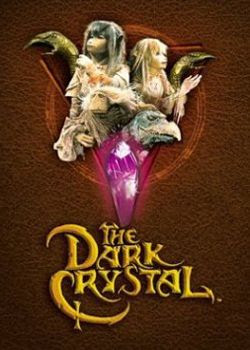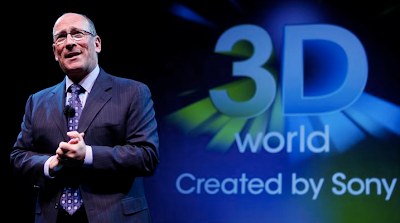The long awaited sequel to the1982 fantasy film The Dark Crystal will be shot in 3D in Austrailia. The original was directed by puppeteers Jim Henson and Frank Oz (creators of The Muppet Show). The animatronics used in the film at the time were groundbreaking, but this time round with 3D, the puppeteer movie is expected to dazzle. Look for the Power of the Dark Crystal in 3D sometime in 2012. R.C.J.

Here is what the promoters say about their own work: Set hundreds of years after the events of the first movie when the world has once again fallen into darkness, "Power of the Dark Crystal" follows the adventures of a mysterious girl made of fire who, together with a Gelfling outcast, steals a shard of the legendary Crystal in an attempt to reignite the dying sun that exists at the center of the planet. Omnilab Media's Christopher Mapp and The Jim Henson Company's Lisa Henson, Australian based Omnilab Media is teaming up with The Jim Henson Company to bring the much anticipated fantasy sequel, "Power of the Dark Crystal" to the big screen in stereoscopic 3D. The highly anticipated film will be among the most ambitious projects to ever be produced in Australia. Power of the Dark Crystal will be produced by the Australia based production arm of Omnilab Media, Ambience Entertainment. The Jim Henson Company's executive producers are Brian Henson, Lisa Henson and Jason Lust. Omnilab Media's executive producers are Christopher Mapp, Matthew Street and David Whealy. Cinemarket Films' Peter D. Graves ("Terminator Salvation") rounds out the executive producer team. Peter Spierig and Michael Spierig, writers and directors of "Undead" and most recently, "Daybreakers," have come aboard to direct the screenplay written by Australian Craig Pearce ("Moulin Rouge," "Strictly Ballroom," "Romeo Juliet") based on an original script by Annette Duffy and David Odell. The legendary fantasy artist Brian Froud will reprise his role as conceptual designer of the film, which will use a stunning mix of live action and traditional puppetry combined with visual and special effects produced entirely in Australia. Omnilab-affiliated Iloura ("Where the Wild Things Are," "The Pacific," "Don't Be Afraid of the Dark") has already begun work on the film's complex CGI elements. With this team in place, next steps will be to secure worldwide distribution.
Full Text: http://bit.ly/aXqahi






